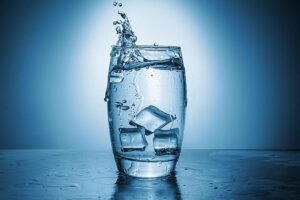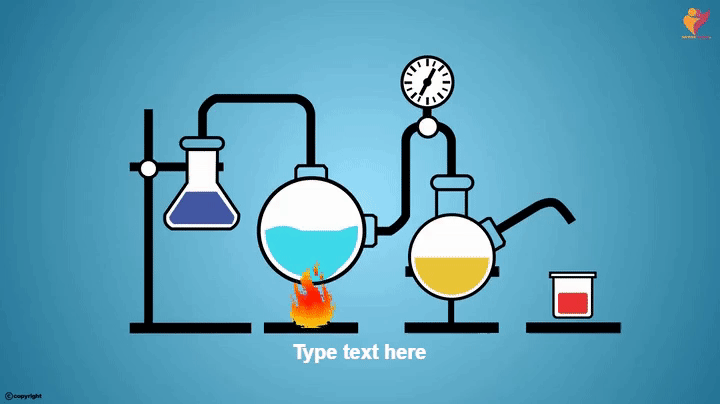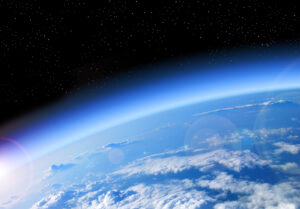Oxygen Cycle

The oxygen cycle controls the flow of oxygen through different parts of the environment. It is a basic process that keeps life going on Earth. The goal of this in-depth study is to reveal the intricate details of the oxygen cycle, including its stages, the important people involved, and the huge effects it has on ecosystems and the breathing systems of living things.
Introduction to the Oxygen Cycle:
The oxygen cycle is a biogeochemical pathway that involves the continuous movement and exchange of oxygen within the Earth’s atmosphere, lithosphere, hydrosphere, and biosphere.
Oxygen, a vital element for aerobic respiration, is essential for the energy production of most living organisms. Understanding the oxygen cycle is paramount for comprehending the interconnectedness of Earth’s systems and the balance of atmospheric gases.
Oxygen Production:
Plants, algae, and some bacteria all participate in photosynthesis, which is the main source of oxygen on Earth. During photosynthesis, these organisms utilize sunlight, carbon dioxide, and water to produce glucose and oxygen. The oxygen released as a byproduct is released into the atmosphere, contributing to the replenishment of atmospheric oxygen levels.
Photosynthesis:
Photosynthesis is the cornerstone of the oxygen cycle, occurring predominantly in the chloroplasts of plant cells. Chlorophyll, the green pigment in plants, captures sunlight, initiating a series of chemical reactions that convert carbon dioxide and water into glucose and oxygen. This process not only sustains the plant itself but also serves as the primary source of atmospheric oxygen.
Oxygen Transport in the Atmosphere:
Once released during photosynthesis, oxygen becomes part of the Earth’s atmospheric composition. It makes up approximately 21% of the Earth’s atmosphere, coexisting with nitrogen (about 78%) and trace amounts of other gases. Atmospheric oxygen is essential for the respiratory processes of animals, including humans, providing the necessary element for cellular respiration.
Respiration:
Respiration, the process by which living organisms extract energy from glucose by combining it with oxygen, is a pivotal component of the oxygen cycle. During cellular respiration, glucose is oxidized to produce carbon dioxide, water, and energy in the form of adenosine triphosphate (ATP). This process occurs in the mitochondria of cells, and the oxygen consumed in this process is critical for sustaining aerobic life.
Oxygen Exchange in Aquatic Ecosystems:
Aquatic ecosystems, including oceans, lakes, and rivers, play a significant role in the oxygen cycle. Dissolved oxygen in water is essential for the survival of aquatic organisms. Photosynthetic organisms in water, such as algae and aquatic plants, contribute to oxygen production through photosynthesis. Additionally, oxygen is exchanged between the air and water at the surface, allowing for the diffusion of atmospheric oxygen into the water and the release of excess oxygen into the atmosphere.
Decomposition:
The oxygen cycle involves the breakdown of organic matter through the process of decomposition. Decomposers, such as bacteria and fungi, play a crucial role in breaking down dead plant and animal material. During decomposition, oxygen is consumed as microorganisms utilize organic compounds, releasing carbon dioxide and nutrients back into the soil. Adequate oxygen availability is essential for efficient decomposition, preventing the accumulation of organic matter.
Human Impact on the Oxygen Cycle:
Human activities, such as deforestation, industrial processes, and the burning of fossil fuels, can impact the oxygen cycle. Deforestation reduces the number of photosynthetic organisms that contribute to oxygen production, leading to a decrease in atmospheric oxygen levels. Combustion processes release carbon dioxide into the atmosphere, potentially contributing to changes in the balance of greenhouse gases and affecting climate patterns.
Oxygen Levels and Environmental Monitoring:
Monitoring atmospheric oxygen levels is crucial for understanding the health of ecosystems and the potential impact of human activities. Environmental scientists utilize various tools, including air quality monitoring stations, satellite imagery, and climate models, to assess oxygen levels and track changes over time. These monitoring efforts are essential for identifying trends, addressing potential imbalances, and implementing conservation strategies.
Future Perspectives and Research:
Ongoing research in the field of oxygen cycling explores the impacts of climate change, land-use changes, and anthropogenic activities on atmospheric oxygen levels. Understanding how these factors influence the oxygen cycle is vital for predicting future changes in oxygen availability and mitigating potential environmental consequences.
The oxygen cycle is a complex and changing process that keeps life going on Earth. Every step of the cycle is very important for maintaining the careful balance of gases in the atmosphere. Photosynthesis makes oxygen, respiration uses oxygen, and exchange takes place in aquatic ecosystems.
Because of the problems caused by people and changes in the environment, we need to learn more about the oxygen cycle to create more sustainable practices and protect the oxygen that all living things need to survive.



